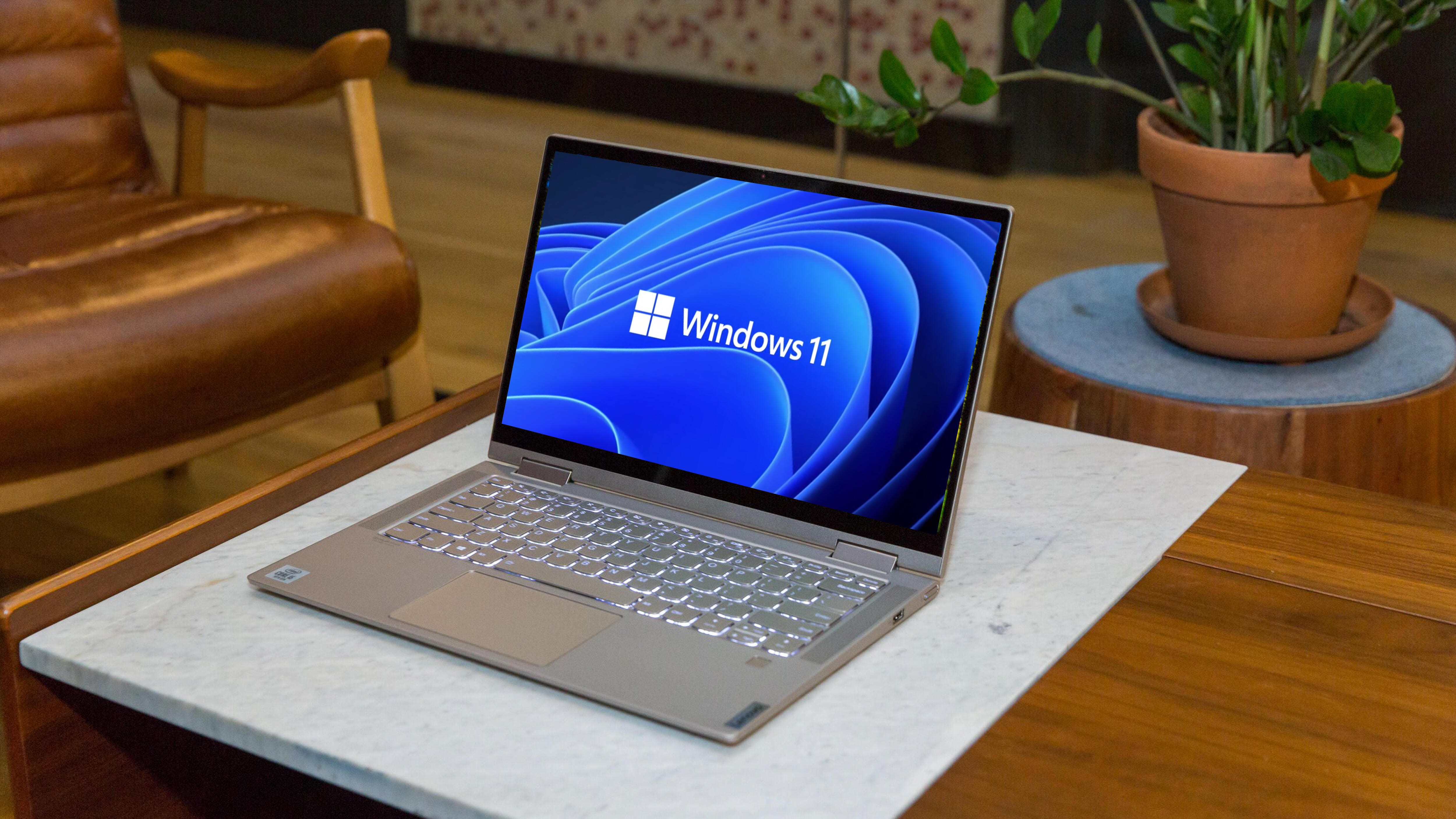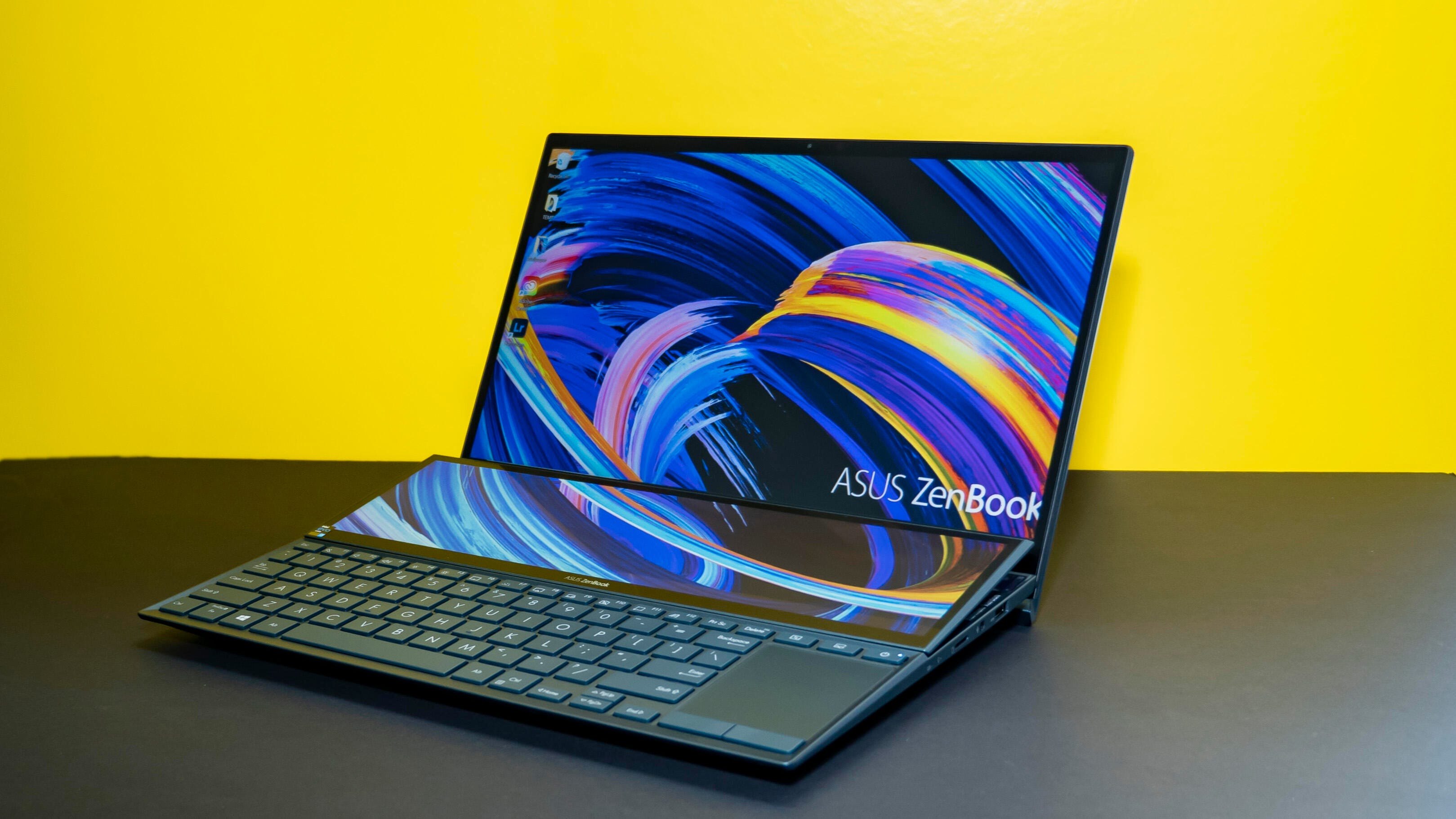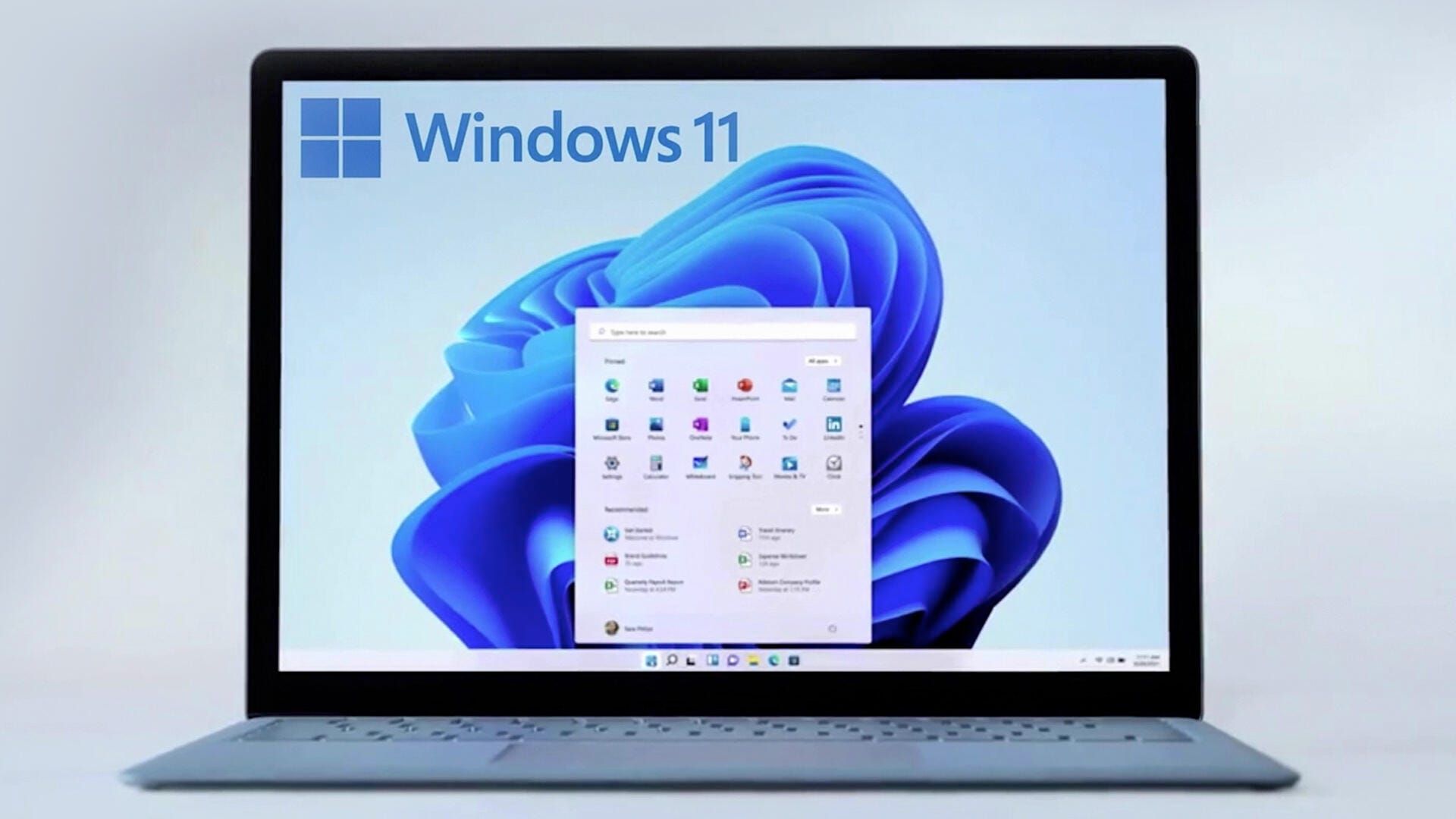
Do you have to upgrade from Windows 10 to Windows 11? Here's what to know.
Sarah Tew/CNETWindows 11 will begin to roll out to eligible devices on Tuesday, marking the unofficial sunset for Windows 10. The rollout will happen gradually, which means not every Windows 10 device will be able to upgrade on day one. As a result, you'll have some time to decide when you're ready to make the jump. Note that Microsoft has announced that Windows 10 support will end in 2025. So what does that update look like, and do you really need it?
If you're wondering how long you actually have to make the switch to Windows 11 and how long you can safely wait before updating, you've come to the right place. I'll also explain how to download Windows 11, how to tell whether your computer is compatible and who gets the update for free. Read on for everything you need to know about the end of Windows 10 support and prepping for Windows 11.
Read more: Windows 11: What to know about the beta download, new features, device compatibility, price and more
When is Microsoft ending support for Windows 10, and why?
Support for Windows 10 will end on Oct. 14, 2025. That means Microsoft will no longer provide security patches or feature updates for the Home, Pro, Enterprise, Pro Education and Pro for Workstations editions at this time -- affecting virtually all Windows 10 users. (The only people who have until 2029 are the few Windows 10 Enterprise Long Term Support Channel users.)
This doesn't come as a surprise: Microsoft has a long-established Fixed Lifestyle Policy for many of its products. For each version of its OS, the company offers a minimum of 10 years of support (at least five years of mainstream support like security updates and no-charge incident support, followed by five years of extended support like paid troubleshooting).
Windows 10 was released in July 2015, so it's 10-year life cycle will have come to a close by October 2025. (Here's everything you need to know about the end of Windows 10 support.)

Windows 10's days are numbered.
Josh Goldman/CNETDo I have to make the switch to Windows 11? Will my Windows 10 computer stop working after Microsoft pulls support?
Nope. You'll still be able to use your Windows 10 computer the same way you have been -- just like a lot of people are still using Windows 7 or Windows 8, though Microsoft pulled support for both of those in recent years. However, once support ends, you won't get any security updates, which could leave your computer vulnerable -- many forms of malware target Windows devices.
If you don't want to stop using your Windows 10 machine after support ends in 2025, there are certain steps you can take to better secure it.
Will my computer be able to run Windows 11?
It depends. If you buy a new PC between now and the general release, that computer will be able to run Windows 11. To see if your current Windows 10 PC is eligible for the free upgrade to Windows 11, go to Microsoft's website for a list of requirements.
Originally, Microsoft was directing people to download the PC Health Check app to check if their machines were compatible. However, many users reported that it did not give adequate amounts of detail as to why a device was not compatible. On June 28, a Microsoft blog post said the company was "temporarily removing the app" to address this issue, and that the tool would return before the fall Windows 11 release, although it seems to have reappeared just before the Windows 11 launch. Alternatively, you can use another open-source app called WhyNotWin11 to see if your device is compatible. Plus, here's how to check some hardware compatibility with Windows 11 without either tool.
How do I upgrade from Windows 10 to Windows 11? How much will it cost me?
If you're already a Windows 10 user and have a compatible computer, Windows 11 will appear as a free upgrade for your machine once it becomes generally available, likely in October. (You can also download a beta version now if you'd like to try it out early, but we only recommend doing so if you have a second tester device, since it will likely be buggy.)
Once Windows 11 becomes generally available, you'll download it the same way you would any new version of Windows. Most users will go to Settings > Update & Security > Windows Update and click Check for Updates. If available, you'll see Feature update to Windows 11. Click Download and install. (Here's more information on how to download Windows 11. If you haven't yet upgraded to Windows 10, you may still be able to download Windows 10 free, too -- here's how.)

Windows 11 includes a new interface and lots of new features.
MicrosoftWhat's the difference between Windows 10 and Windows 11, anyway?
Windows 11 includes a new design and several new features compared to Windows 10 that aim to make navigating your computer easier, whether you're using it for personal use, work or both. Here are some of the biggest changes in Windows 11:
- A new, more Mac-like interface: Windows 11 features a clean design with rounded corners, pastel shades and a centered Start menu and Taskbar.
- Integrated Android apps: Android apps will be coming to Windows 11 and installable from within the new Microsoft Store via the Amazon Appstore. (There were a couple of ways to access Android apps on Windows 10, including if you had a Samsung Galaxy phone, but this will make it native.)
- Microsoft Teams integration: Teams is getting a face-lift and will be integrated directly into the Windows 11 Taskbar, making it easier to access (and a bit more like Apple's FaceTime). You'll be able to access Teams from Windows, Mac, Android or iOS.
- Better virtual desktop support: Windows 11 will let you set up virtual desktops in a way that's more similar to MacOS, toggling between multiple desktops for personal, work, school or gaming use.
- Easier transition from monitor to laptop, and better multitasking: The new OS includes features called Snap Groups and Snap Layouts -- collections of the apps you're using at once that sit in the Taskbar, and can come up or be minimized at the same time for easier task switching. They also let you plug and unplug from a monitor more easily without losing where your open windows are located.
- Widgets: While they've been around for a while (remember desktop gadgets on Windows Vista?), including in a recent Windows 10 update, you can now access widgets directly from the Taskbar and personalize them to see whatever you'd like.
- Xbox tech for better gaming: Windows 11 will get certain features found in Xbox consoles, like Auto HDR and DirectStorage, to improve gaming on your Windows PC.
We broke down all of the biggest differences between Windows 10 and Windows 11 here. We've also got a guide on all of the best new Windows 11 features, and how you'll use them.
For more details, check out every feature we wanted in Windows 11 but didn't get and how to use Android apps on Windows 10 right now.
"really" - Google News
October 03, 2021 at 03:00PM
https://ift.tt/3DchvEp
Do I really have to upgrade to Windows 11? What to know - CNET
"really" - Google News
https://ift.tt/3b3YJ3H
https://ift.tt/35qAk7d
Bagikan Berita Ini
















0 Response to "Do I really have to upgrade to Windows 11? What to know - CNET"
Post a Comment